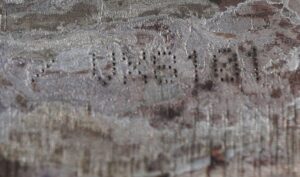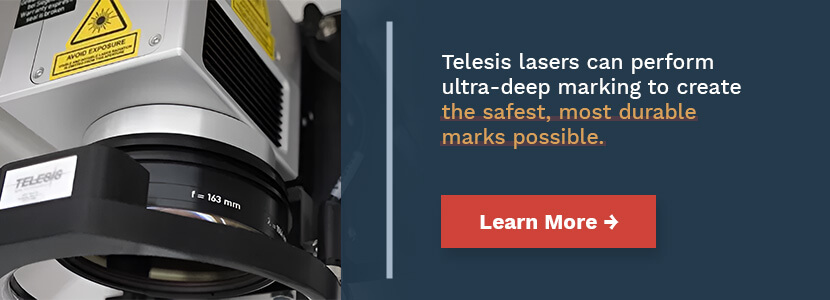
13 Oct Serial Numbers Requirements on Firearms: How to Recover Removed Serial Numbers
Jump To:
How serial numbers on firearms help
The Bureau of Alcohol, Tobacco, Firearms, and Explosives (ATF) requires serial numbers on guns. The serial number includes information related to the date and location of the weapon’s manufacturing. Additionally, if the weapon is stolen, it can help link the firearm to the original owner when the government places the serial number into a national database. This database prevents the firearm from being sold at licensed gun dealers and pawn shops that run the numbers through the database before they purchase it for resale. Importantly, as well, the serial number can help link the firearm back to crime if one were to occur.
How deep in the metal should the serial number be?
The ATF requires serial numbers on firearms be a minimum of .003in (0.07620 mm) deep. This depth makes the mark visible while the weapon experiences normal wear and tear. It is deep enough to deter criminals from grinding the identification off, as well.
This does not mean, however, that criminals do not remove the serial numbers. Once you remove the mark, the serial number is no longer visible. Criminals assume that this weapon is untraceable and that it can be used in a crime without the possibility of the gun being identified. Because manufacturers typically apply serials numbers by roll stamping, criminals need to grind them off if they’d like to remove the mark. This means one can clearly see deep scratches on the metal surface after “removal”.
Is the serial number still visible after removal?
What many owners may not know is that even when they remove a serial number, there may still be a way to see that number. One can utilize many methods that forensic scientists use to reveal the invisible.
When you apply the serial number with a device, it presses into the metal to form a character. This displaces the metal around the actual visible numbers. One can use a roll stamp, scribe marker, or dot peen. These methods for marking compress the metal below the characters and change the density. Because the density of the metal has changed, we can use a process to identify traceability of the invisible mark.

Acid used to recover PINSTAMP® mark

Telesis developed laser process used to recover lost serial numbers
Forensic science uses many different ways to recover this mark including electromagnets and inferred cameras. With a PINSTAMP® mark, there may be a very small dot that still remains. When one grinds off the serial numbers, that process might fill in the metal. But, the information is still visible under magnification.
Because the density changes underneath the dots during the marking process, scientists can use acid etching to make the invisible to be visible. When you apply this acid to the surface of the removed mark, it will eat away at the metal at different rates causing the mark to become visible again.
Utilizing laser marking systems to create and uncover serial numbers
If the manufacturer applied the serial number with a laser, there are additional methods to bring the original mark back. When a laser is marking, it migrates the carbon material to the surface, which creates contrast. Even if someone illegal removes this mark later, Telesis’ proprietary restoration process can make the characters visible again. If someone has completed removed the serial numbers, it is possible to use heat and inferred magnification to recover the original mark.
Telesis Technologies has partnered with many firearm manufactures, the Department of Defense, the Armed Forces and Homeland Security. Because of advancements in technology, criminal investigators have new tools. These tools are critical to linking the firearm to the criminal if a crime were to occur. Telesis has provided assistance in solving high profile crimes that would have been impossible to solve without these marking systems and processes for recovering serial numbers.










